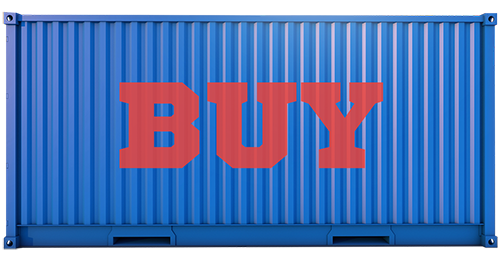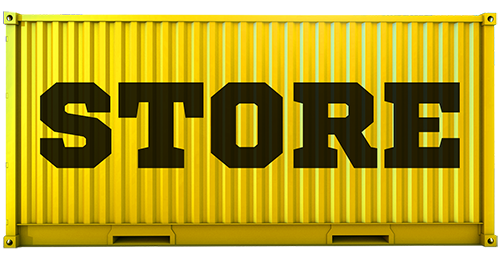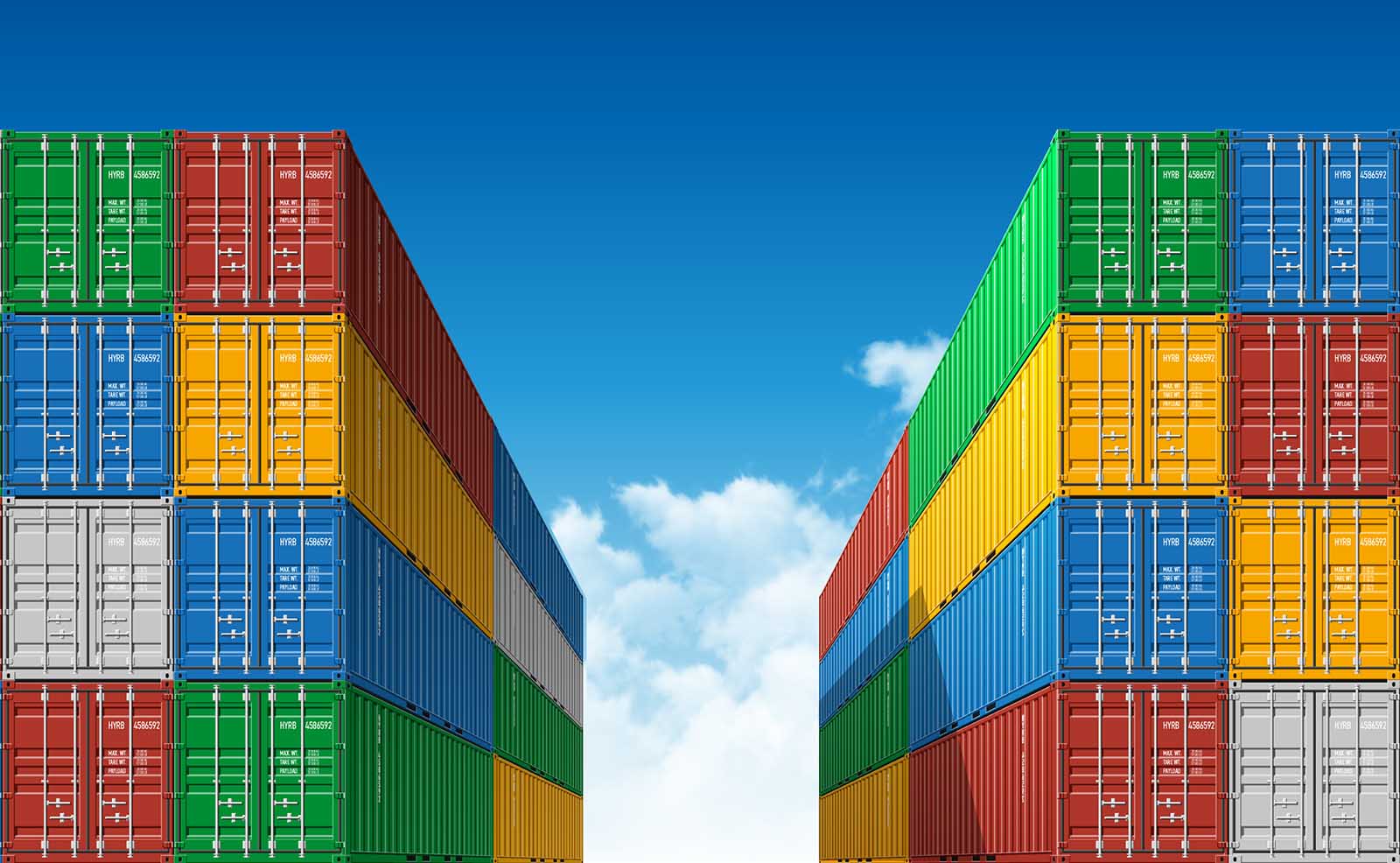Standard Shipping Container Dimensions
| Container Type | External Length | Internal Length | External Height | Internal Height | External Width | Internal Width |
20ft Shipping Container | 20ft (6.09m) | 19ft 9 inches (6.01m) | 8ft 6 inches (2.59m) | 7ft 10 inches (2.39m) | 8ft (2.44m) | 7ft 10 inches (2.34m) |
40ft Shipping Container | 40ft (12.18m) | 39ft 9 inches (12.11m) | 8ft 6 inches (2.59m) | 7ft 10 inches (2.39m) | 8ft (2.44m) | 7ft 10 inches (2.34m) |
20ft High Cube Shipping Container | 20ft (6.09m) | 19ft 9 inches (6.01m) | 9ft 6 inches (2.90m) | 8ft 10 inches (2.69m) | 8ft (2.44m) | 7ft 10 inches (2.3m) |
40ft High Cube Shipping Container | 40ft (12.18m) | 39ft 9 inches (12.11m) | 9ft 6 inches (2.90m) | 8ft 10 inches (2.69m) | 8ft (2.44m) | 7ft 10 inches (2.34m) |
Shipping Container Lengths
20ft (6.09m) and 40ft (12.19m) are the industry standard container lengths.
For storage and other non-shipping applications other sizes are created by cutting down larger containers to the required size. The most common cut-down sizes are 8ft (2.44m), 12ft (3.66m), 16ft (4.88m), 24ft (7.32m) and 32ft (9.75m). Other bespoke sizes can also be manufactured to order.
Shipping Container Widths & Heights
The standard width of a container is 8ft (2.44m).
A standard container is typically 8ft 6 inches (2.59m) high. High Cube Containers are typically 9ft 6 inches (2.90m) high.
The most common height of a container is 8ft 6ins (2.59m), though 9ft 6 inches (2.90m) high-cube containers are becoming increasingly common.
Internal Shipping Container Dimensions
The sides of a container are in nearly all cases, corrugated. The depth of the corrugation is usually 25mm, which means that 50mm is lost from the external width dimension (25mm from each side). The back (blank end) is also corrugated and the doors are around 50mm thick meaning that approximately 75mm is lost from the length.
The main reduction from external to internal dimensions is with height. The floor of a standard container has an underside clearance of approximately 150mm and the floor has a thickness of 27mm. As the roof is corrugated another 25mm is lost resulting in an internal dimension of around 8 inches less than external – 2.39m, though this can vary slightly either way depending on the floor thickness and construction method used.
Through the door height is additionally reduced because of the steel top rail above the door, this is a part of the structural integrity of the container, typically it's 100mm thus reducing the entrance height to 2.28m, though this can vary slightly either way.
Shipping Container Weights
The weights for a container are usually painted onto the outside of the container doors when it is in shipping service or before it has been repainted for another application. There are three relevant weights, the Tare Weight, the Gross Weight and the Payload.
- The Container Tare Weight is the weight of the container without cargo or contents.
- The Container Gross Weight is the weight of the container plus the maximum payload it can hold i.e. the maximum total weight of the container.
- The Payload (or Net Weight) is the weight of the cargo or contents that a container can hold.
Typical weights of standard shipping containers
| Length | 10ft | 20ft | 40ft |
Max Gross Weight | 11,300kg | 30,480kg* | 30,400kg |
Tare Weight | 1,300kg | 2,160kg | 3,750kg |
Payload (or Net Weight) | 10,000kg | 28,320kg | 26,730kg |
*The most common alternative for 20ft containers is 24,000kg for shipping containers manufactured to a lower specification.
Note that cut-down containers cannot hold the same weight when lifted as a standard container because the structure of the container has been altered. The container modification company should be able to supply details of capacities and advise if their design has been weight tested for lifting.





